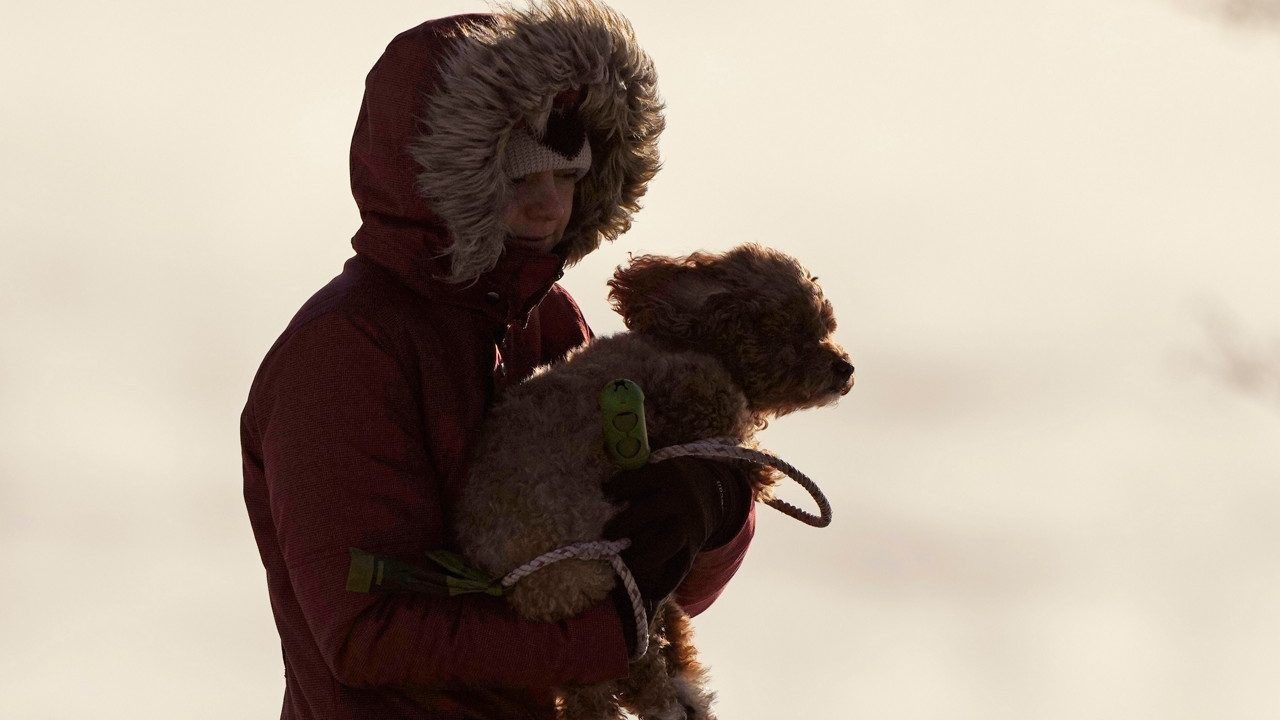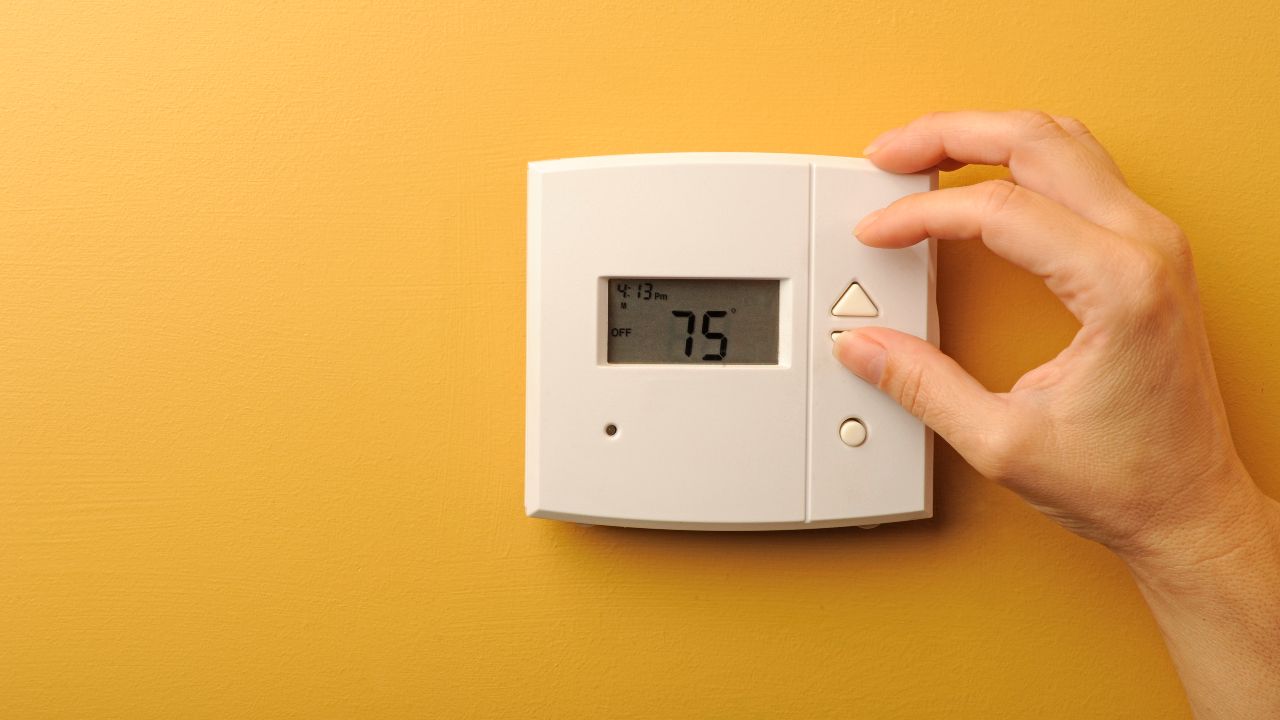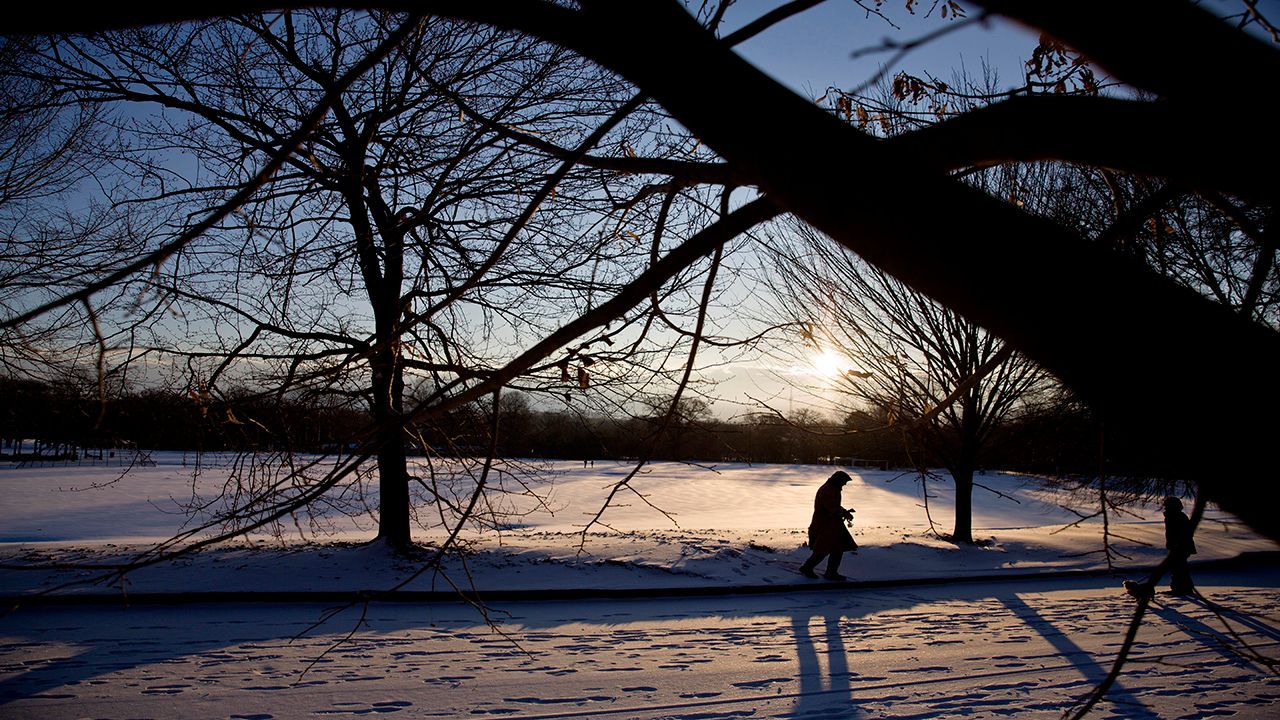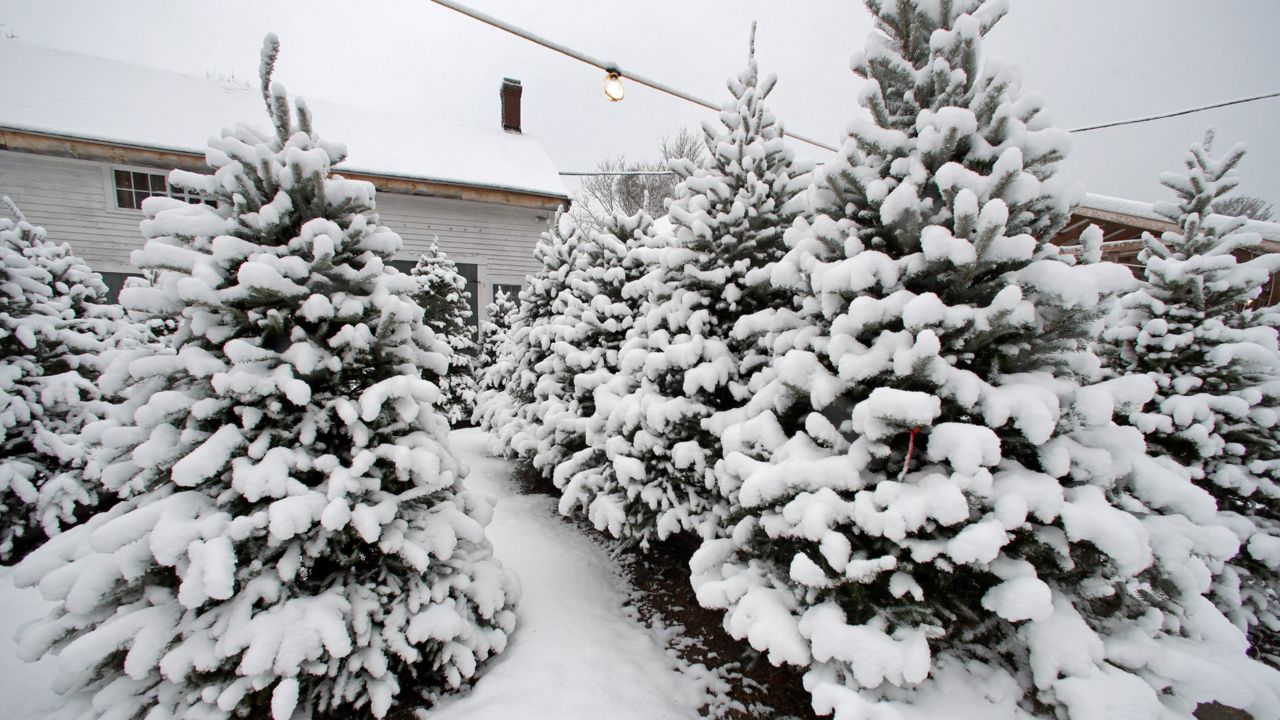January usually brings the coldest air of the season to much of the country, and this year has seen its fair share.
Whenever that mercury dips, the term "polar vortex" gets thrown around and inserted into conversations.
But what is this phenomenon, and is this the reason for the chill this month?
“The polar vortex is a core of extremely cold air that typically remains near the poles,” explains Spectrum News NY 1’s Chief Meteorologist John Davitt. “During the winter, shifts in the jet stream can send this arctic air spilling far to the south, bringing dangerously cold conditions.”
Although it is not a new term, the media propelled it into the mainstream. “The polar vortex exists all year, but it’s winter when it gets stronger and larger. The lack of daylight during the winter months helps to build the pool of extremely cold air that makes up the polar vortex.” He adds the reason for the name has to do with the word vortex itself. “The word vortex refers to the counter-clockwise flow of the air.”
Within this area, frigid surface air typically remains near the pole throughout the winter. However, every few years, these fast westerlies weaken. The protective barrier around the cold air collapses, allowing warmer air to move north into the polar region and cold air to be pushed south into the mid-latitudes–places like the United States.
This cold air can situate itself in the mid-latitudes for an extended period and that’s what is expected to happen Friday through midweek next week.

Remember the extreme cold that unfolded in Feb. 2021? That was because of the polar vortex.
Several weeks before the cold ushered into the U.S., satellites tracked the warming in the stratosphere, showing the weakening in the vortex.
This cold air ushered as far south as Mexico and broke records all over the United States in February. Parts of Texas recorded their lowest readings in over 100 years, and with this cold came an immense strain on the power grid.
“The impacts of climate change on the polar vortex are complicated,” says Davitt. Climate change usually indicates a warming world; however, a warming world could enhance the polar vortex, thus pushing colder air south. But, experts expect a gradual easing in the intensity of the cold.
Here’s the thinking... “The arctic air that makes up the polar vortex typically remains locked in place near the poles by fast-moving jet stream winds. When the jet stream winds weaken, this is when the polar vortex and its bitter cold surge south.”
He adds that it is climate change that causes the jet stream to weaken. “The strength of the jet stream winds is related to the difference in temperatures between the air at the equator and the air at the poles. The larger the temperature difference, the faster the winds.”
In a warming world, the temperature difference between the poles and the equator becomes less, giving way to weaker jet streams. “Weaker jet streams mean that the polar vortex is more likely to slide south at times, bringing arctic air and dangerous conditions.” With a warming Arctic region, more extreme and unusual weather patterns are in the realm of possibility.
Our team of meteorologists dives deep into the science of weather and breaks down timely weather data and information. To view more weather and climate stories, check out our weather blogs section.







